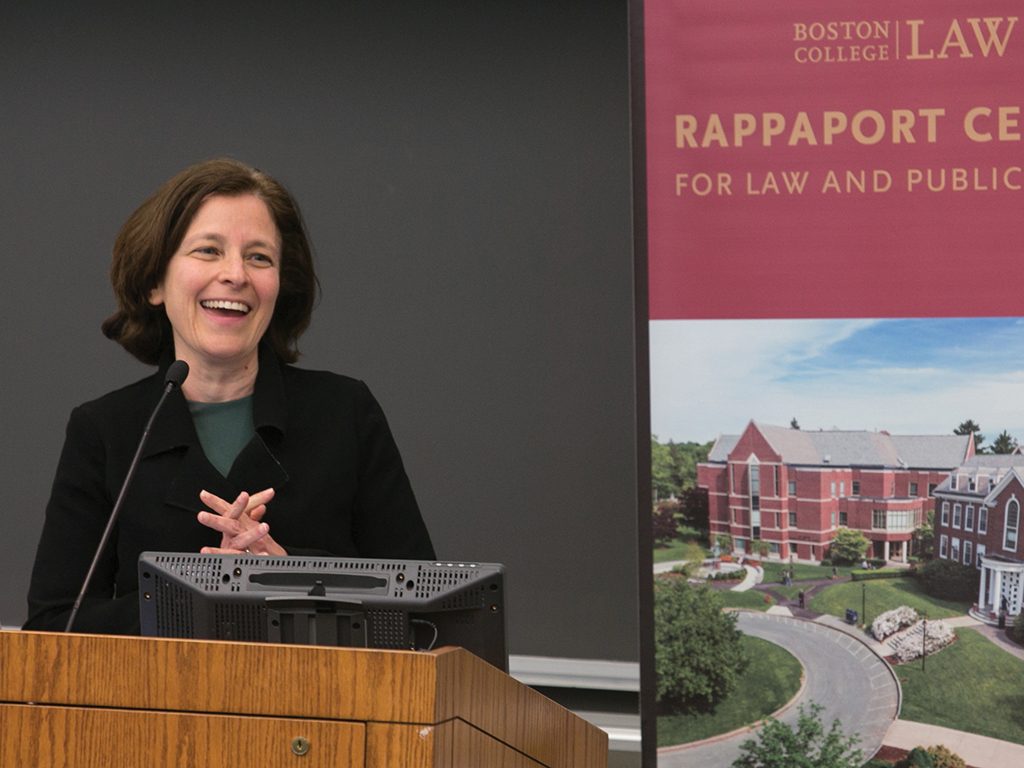Deputy Secretary of the US Department of the Treasury Sarah Raskin outlined the grave issues facing students and the entire edifice of student financing during her keynote address at the March 18 conference, “Student Debt Crisis: Issues and Solutions.”
“This is a critical challenge that affects every part of our economy. As tuition has increased, the ability to afford a high quality education has decreased,” said Raskin.
“With tuition growing at rates far in excess of average earnings, the challenge of maintaining an affordable, accessible system of high quality higher education has markedly increased,” she said.
So has the speed of debt-taking. “Americans owe more than $1.2 trillion in federal student loans today, up from just over half a trillion at the end of 2007,” she explained. “Though it does not rival mortgage debt, the total outstanding student loan debt is now larger than either credit card or auto loan debt. Seven out of every ten college graduates take on debt to finance their education.”
Though the system supports broad access for millions of students who are able to manage their debt, Raskin expressed alarm that “approximately 11.6 percent of the balances of federal student loans that have entered repayment are in default, and in the direct loan portfolio, another 5.5 percent are at least 91 days delinquent.” These statistics do not “reflect a student loan financing system that is fully meeting its mandate to advance the public good,” which higher education offers.
Public and private players need to “better align enforcement and metrics for accountability with the goals of our student loan financing system,” raskin concluded.
Photo: Deputy Secretary of the US Department of the Treasury Sarah Raskin



